The budget of the country is virtually a spark away from the celebration of the diamond jubilee after three years now given its beginning in the year 1951 when Subarna Shamsher had presented a budget of 50 million Rupees. But its history in Nepal goes back still earlier to the Licchavi times when budget was presented in the form of stone inscriptions. Accordingly, one can see even now the inscription of the year 604 in Lele erected during the regime of Shiva Dev and Amsu Verma where it has been allocated to the different trusts. It is interesting to note that the hospitals or the Arogyashala was allotted the maximum budget of 200 Manika indicating high importance given to the health sector. Consequently, people must have enjoyed good health thereby leading to increase in productivity and making it the golden era of Nepal. In the present budget, however, health appears at the fourth place after education, physical infrastructure, and energy. Yet another inscription of 608 erected in Hadi Gaon the Licchavi capital during the regime of Amshu Verma also describes the perks of the officials. The King received the higher amount of 25 Puran, the currency of that time whilst the lady sweeper was given the lowest of 1 Puran 2 Pan.
Whilst in the past, the rulers took a resort to it to face the national crisis but never for personal benefit; now they adulterate as alleged recently in the Parliament for amassing fortune for themselves.
The first budget in the Parliament was presented by Robert Walpole in the year 1733 in Britain who was the Prime Minister as well as the Chancellor of the Exchequer. Jaya Prakash Malla was the King then and he was facing impending attack from Prithvi Naryan Shaha. Consequently, he used the gold of the Jalahari and the pinnacle of Pashpati Nath to fund the expense incurred in the war. So one can see that the Jalaharis used to be abused even in the past. The difference is that the approach to their misuse has changed. Whilst in the past, the rulers took a resort to it to face the national crisis but never for personal benefit; now they adulterate as alleged recently in the Parliament for amassing fortune for themselves.
The budget presented by Finance Minister Prakash Sharan Mahat has come at a time when the country is facing financial crisis of the kind rarely encountered before. It expects to achieve a national growth of 6 per cent which amounts to 1.751 trillion consisting of the regular expenditure of 1140 billion and the capital expenditure of 327 billion followed by the financial management for debt service of 374 billion. It is unfortunate that the development budget has slumped dramatically which is not good for a developing country like Nepal. The aim is to raise revenue of 1248 billion and a grant of 49 billion and still it will have a deficit of 453 billion which the Government expects to fulfill through external and internal loan of 212 and 240 billion respectively.
The budget has given priority to education, physical infrastructure, energy, health, urban development and agriculture. It has been fairly rated by the stakeholders for measures like 1 per cent of capital expenditure dedicated to research, the linking of grant to agricultural product, fixing of the rate of agriculture produce and increment of the storage of petroleum products. But the revival of the Parliamentarians' fund is said to be its Achilles' heel, even though the Government has defended it by saying that the Projects are being selected by the Parliamentarians and the rest of the operation is looked after by the Government machinery. It thus remains to be seen whether this budget will steer the country out of the Sri Lankan avenue or not.
The budget has provision for supporting their entrepreneurship after they return back but it was committed in the last budgets also with no clear sign of its implementation.
The country and the world at large are passing through a bad economic patch. It has been created by the Corona epidemic and the Russian Ukrainian War. But past examples are galore which have saved the country from the likely economic doom. One of them is the extraordinary performance of Franklin Roosevelt, the President of the United States in the thirties when the country's economy was reeling under the Economic Depression. President Roosevelt embarked upon what is widely known as the New Deal.
So what were the striking features of the New Deal that shaved the US from falling from a steep economic precipice. These were firstly, the stabilization of the financial system through necessary new legislation because that regulated the banking that had been teetering to the edge of collapse. The Finance Minister has not mentioned about the widely expected control of the high interest rate in the present budget. Secondly, the relief was provided to the unemployed as the figure of unemployment stood at a staggering figure of 50 percent. The unemployment is not that breathtaking in Nepal but many of the youths have to go for foreign jobs. This is also a problem that has assumed a gigantic form. The budget has provision for supporting their entrepreneurship after they return back but it was committed in the last budgets also with no clear sign of its implementation.
The third reform came in the form of aid provided to the farmers which is very essential in Nepal. The farmers never get the fertilizer required during the planting season. For this people may have to wait for the Fertilizer factory proposed to be constructed in the joint funding of India and Nepal during Prachanda's India visit to complete even though there are some concerns shown in the budget. The fourth was the initiation taken to prevent flood caused by the depletion of the forest in India. In Nepal also, flood has been an annual irritant. Though the budget has made customary pledges to face them, this is not enough.
It remains to be seen how much it will help in reviving the economy.
The drafting of a new industrial policy was the fifth approach taken by Roosevelt which gave a new impetus to the industrial output in US. The present budget has made vowed to revive the extinct industries like Biratnagar Jute Industry. It remains to be seen how much it will help in reviving the economy. He also crafted a social security Act which was acknowledged as the most important piece of social obligation ever enacted in the country's history. The labor front was the last one faced by Roosevelt in his new deal. The Industries were marred by strikes from the labors which he addressed successfully by raising the wages of the workers.
It can thus be seen how US came out of the ashes of economic depression like a legendary bird Phoenix after introducing several reformatory measures. But this miracle did not take place overnight. Roosevelt was the President till his demise in 1945 beginning from 1932 for a span of 13 years. In our country, the Governments change so often that neither they have time for formulating reforms nor to implement them. Political stability holds the key for national development which remains a distant dream to Nepal. The talk of having three Prime Ministers within the forthcoming 5 years is pointer to this direction.
The reforms initiated by Roosevelt in his New Deal also appear in the past Nepali budgets in different guises. But why is it that the country has not made a leap forward in the path of development. It is basically because of the half-hearted and ritualistic approach undertaken for their execution. Moreover, a masterplan and a sustained plan of action to realize it has been lacking. Thus the adverse prevailing situations do not really obstruct for making a headway as shown by the New Deal approach undertaken by Roosevelt. It is merely like a bad person quarrelling with the tools.






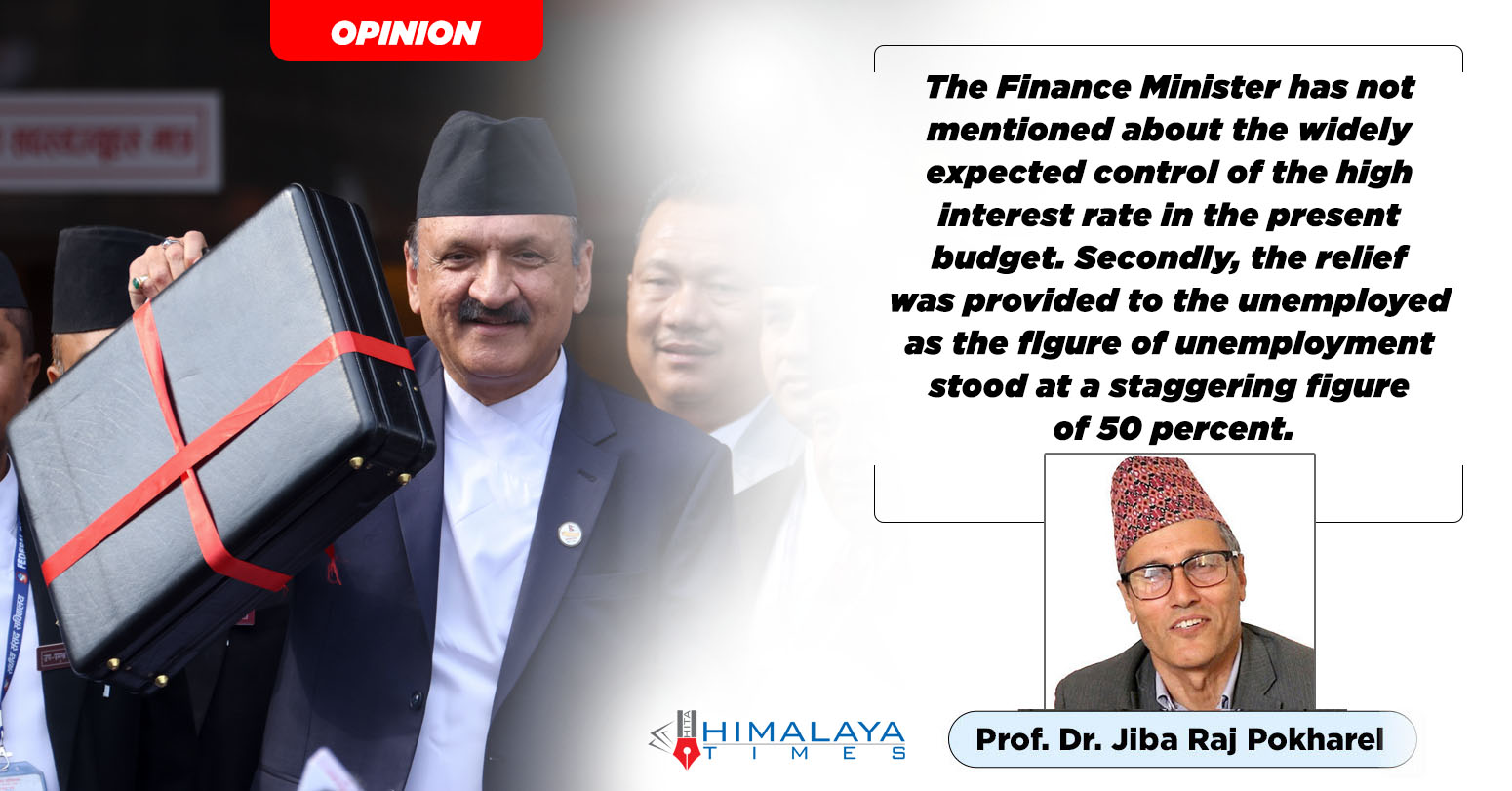
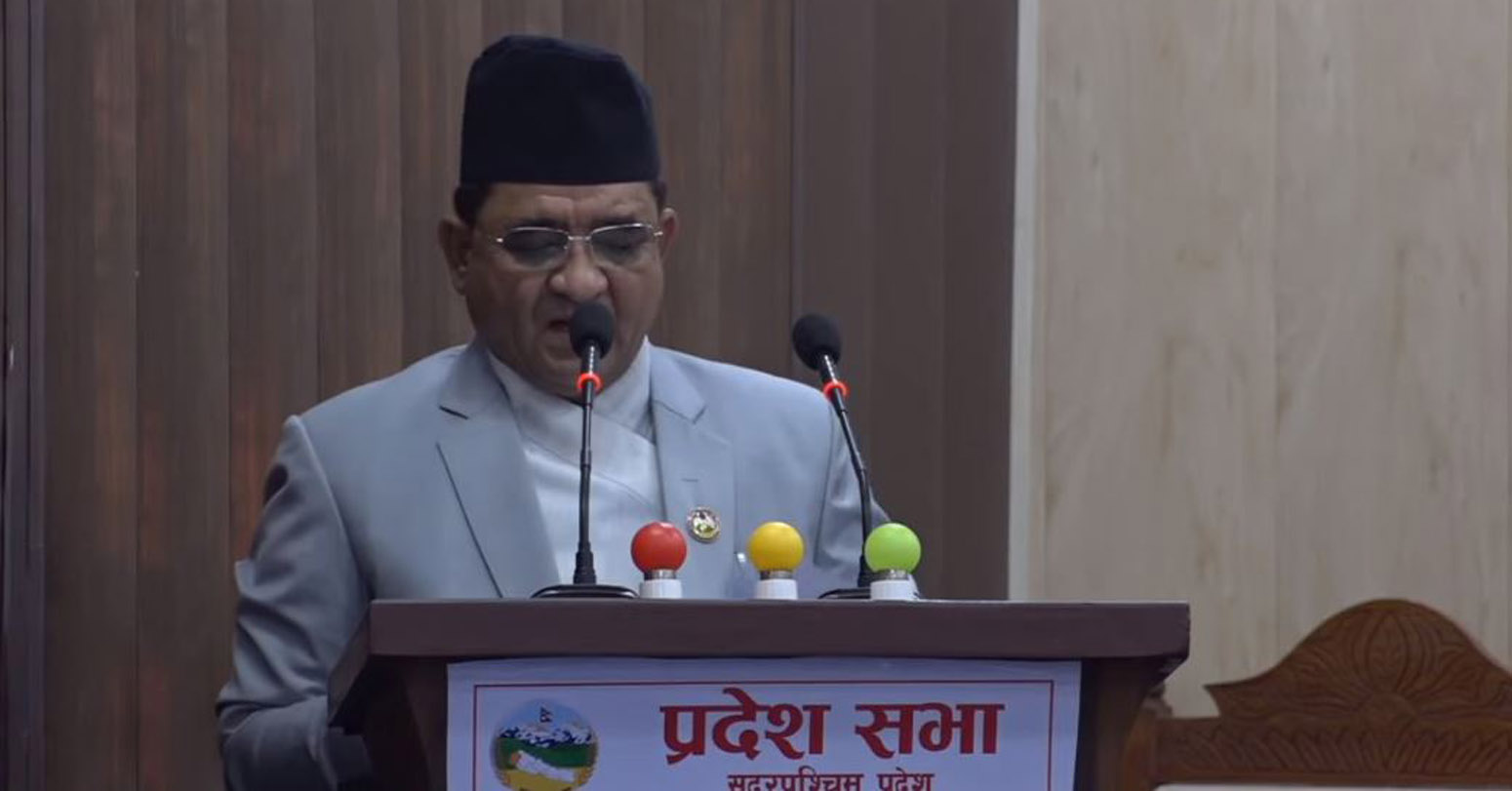
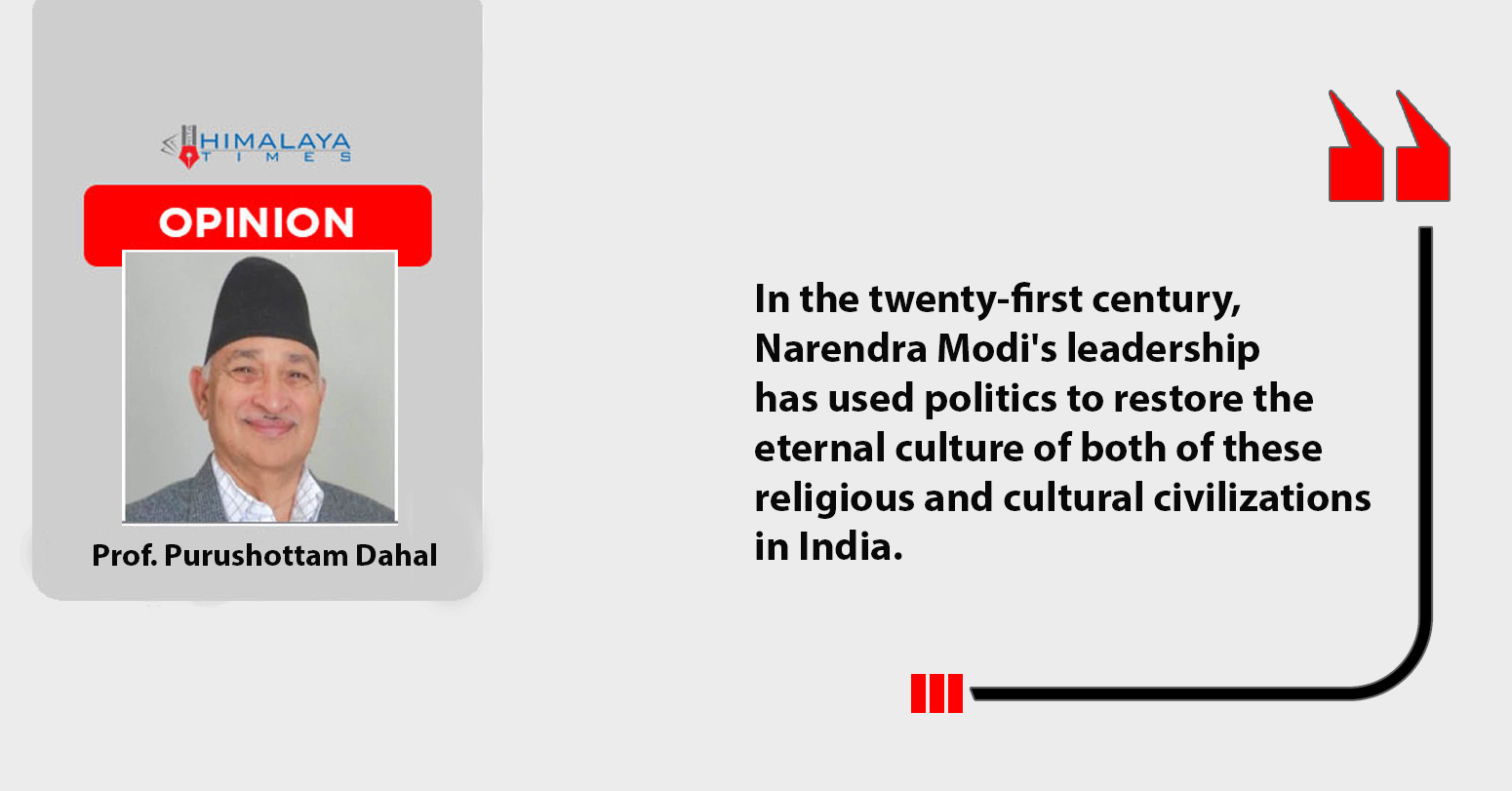
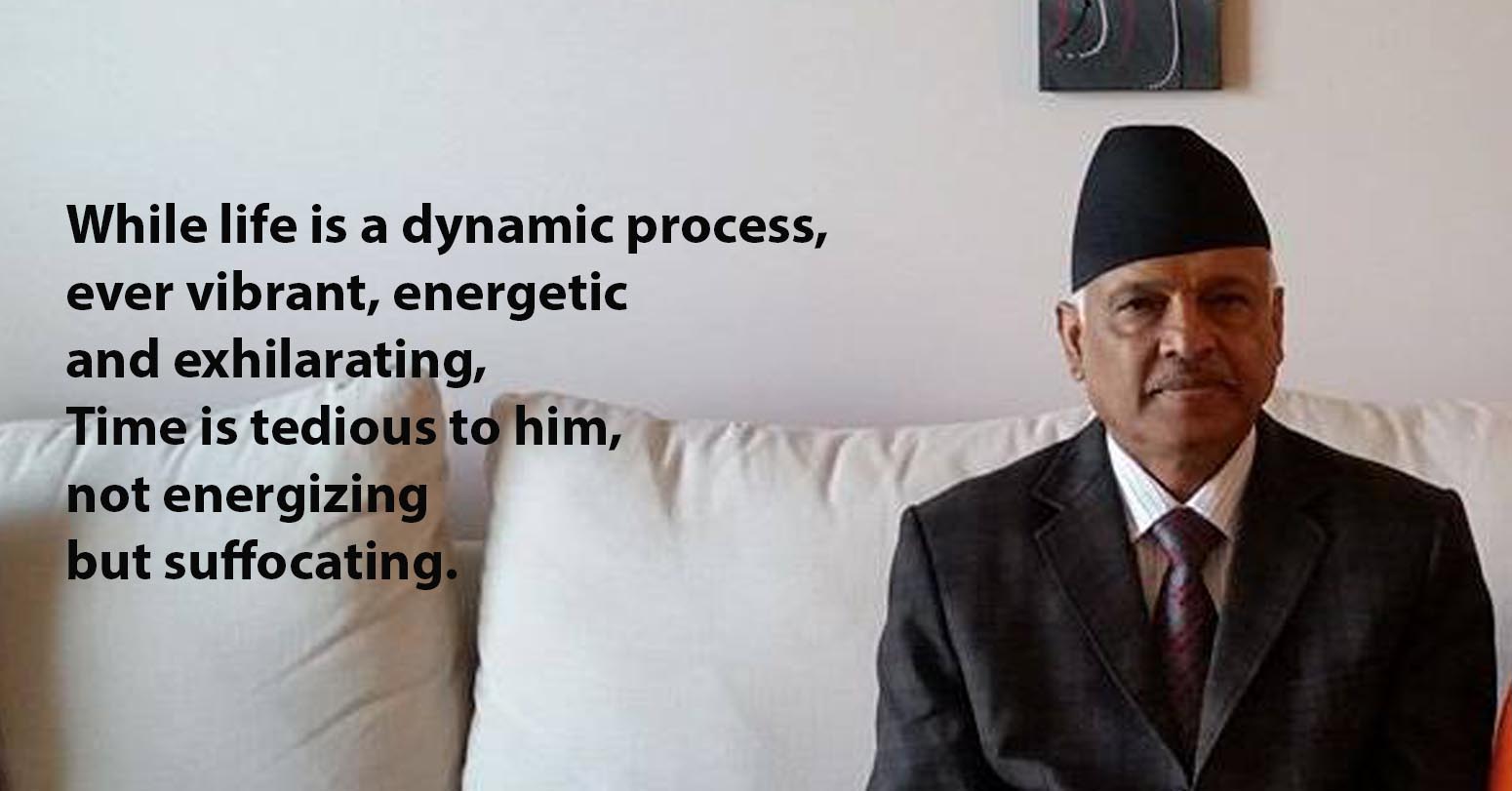

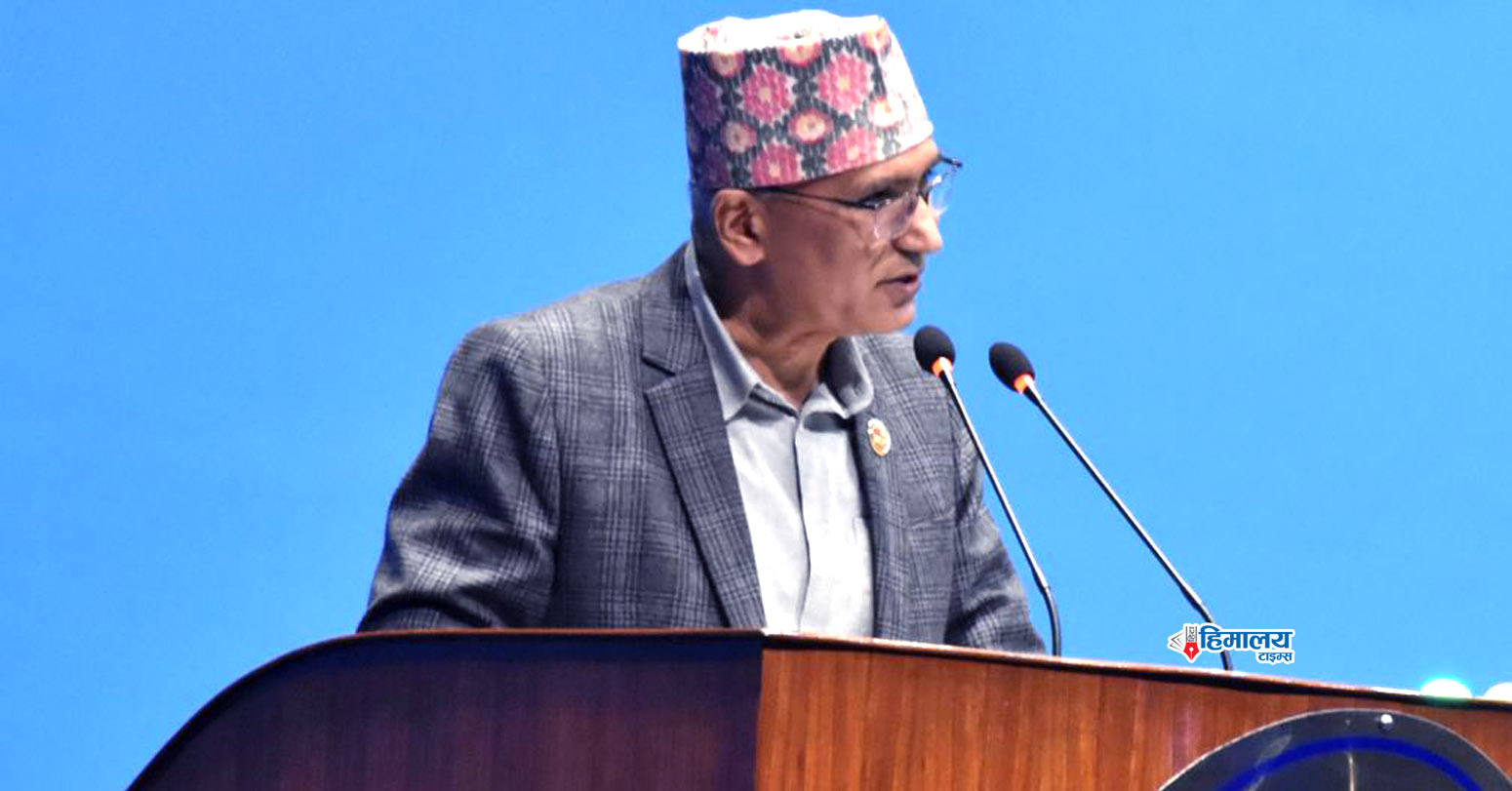
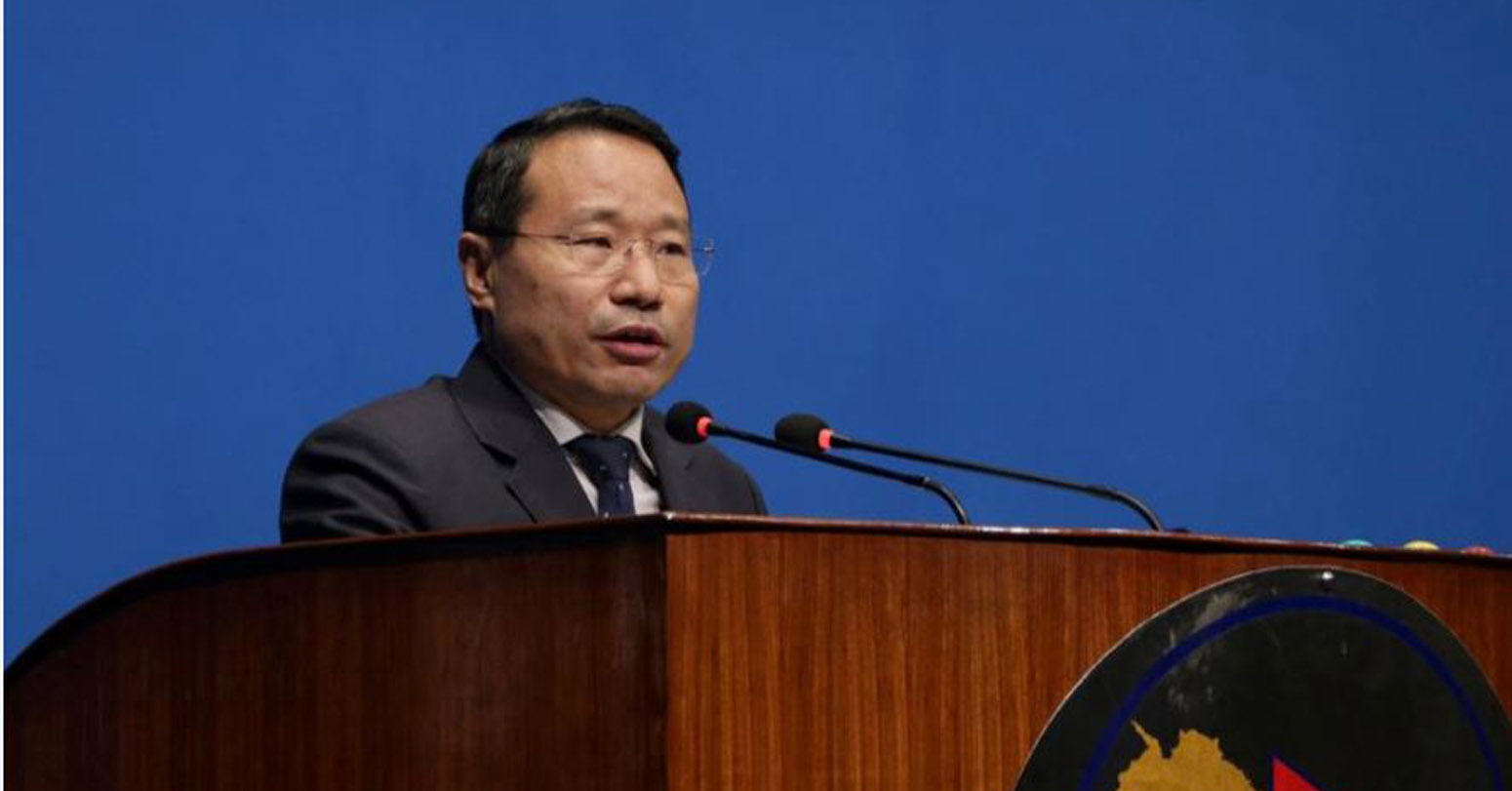

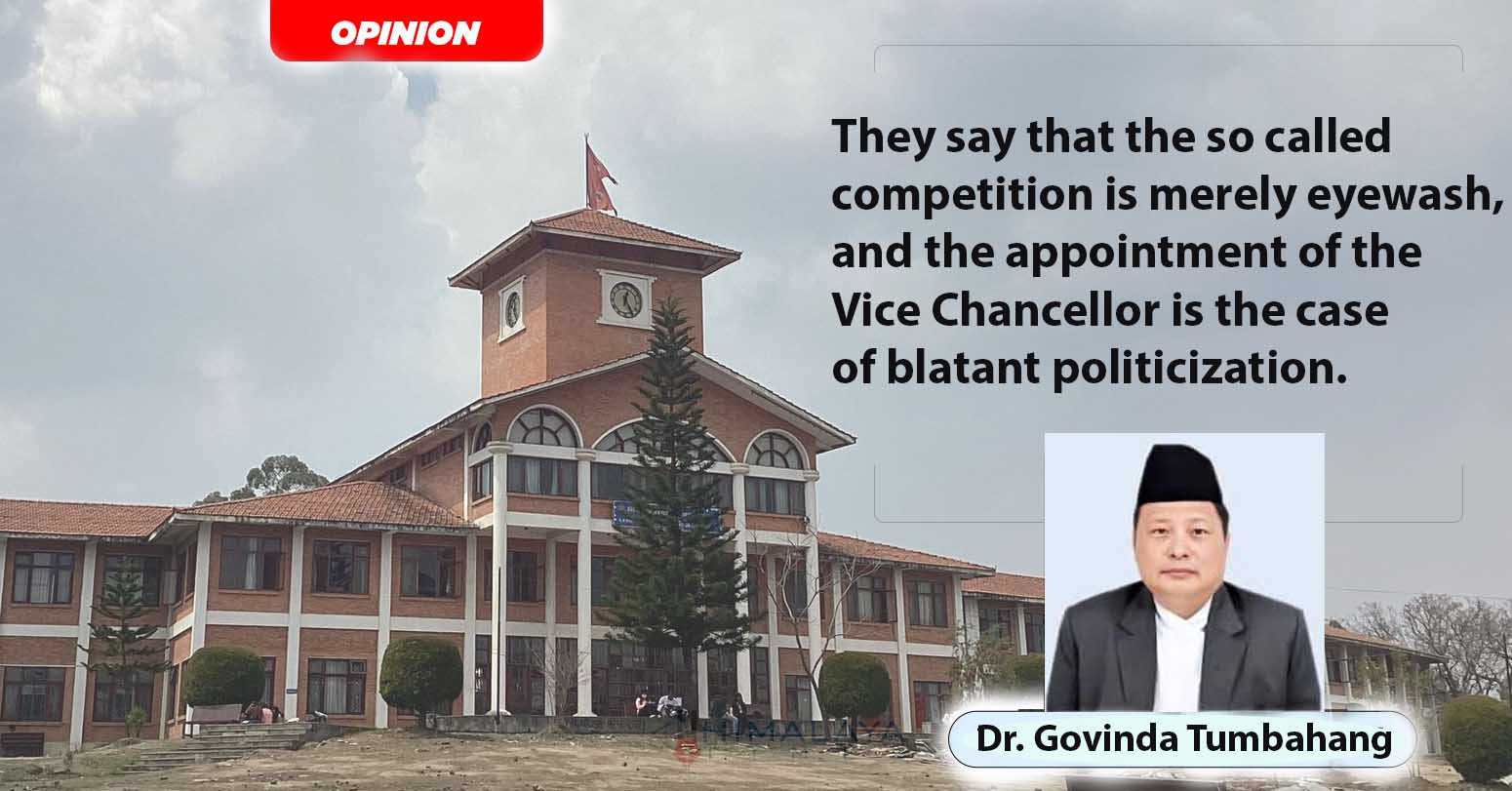



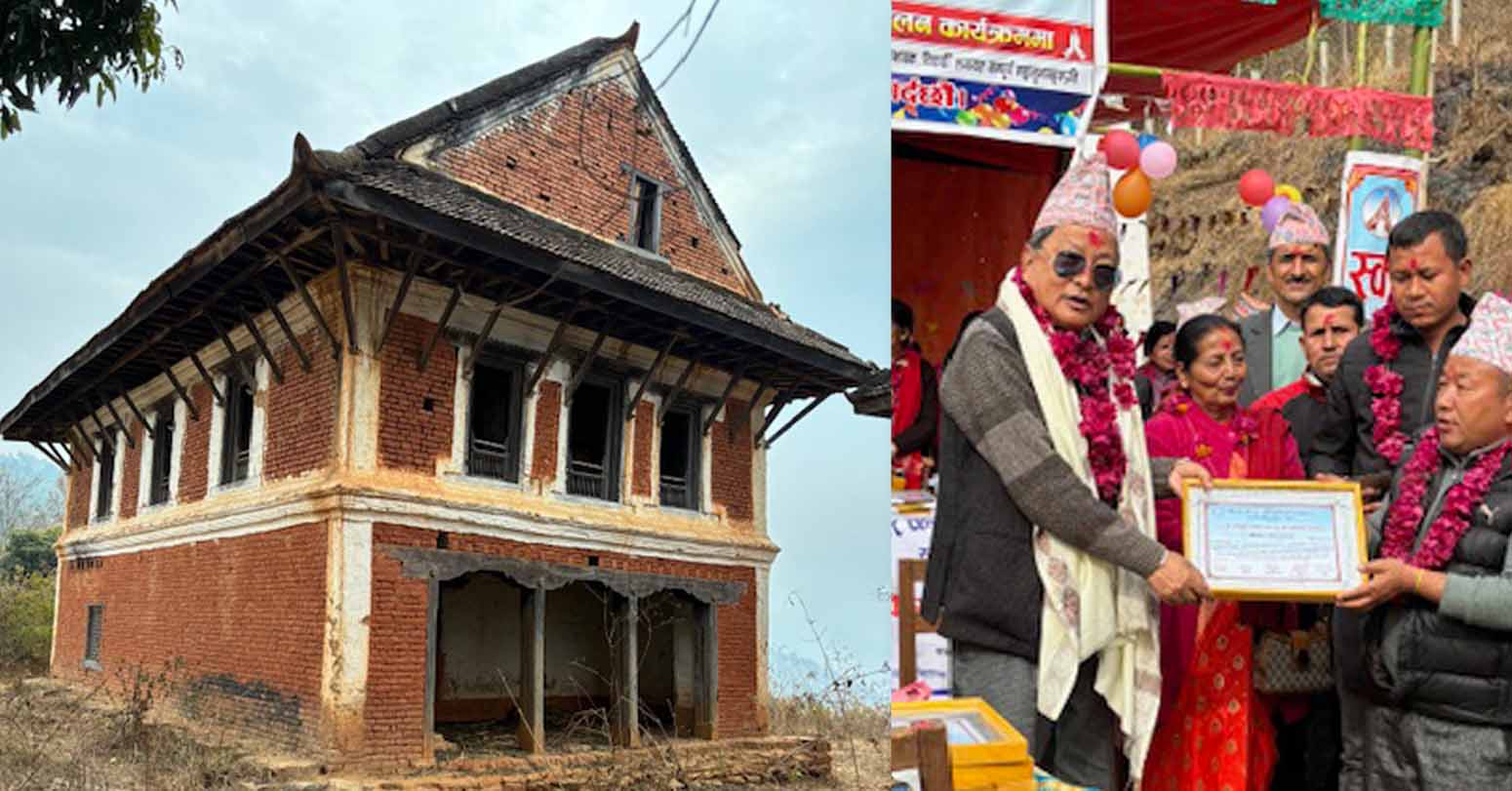
Comprehensive Data Protection Law Critically
Gender Differences In Mental Healthcare
Messi Wins Best FIFA Men’s
Erosion of Democracy
Fly Dubai Catches Fire in
“Complexities of the South Asian